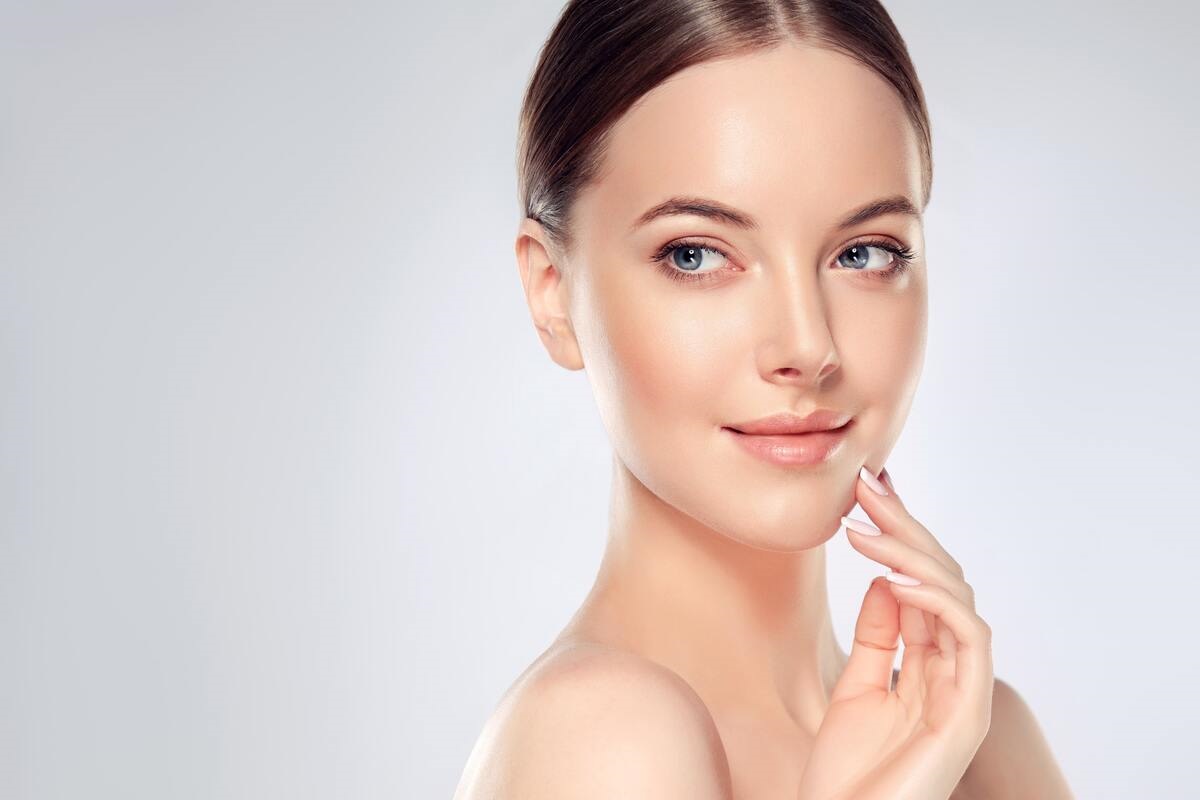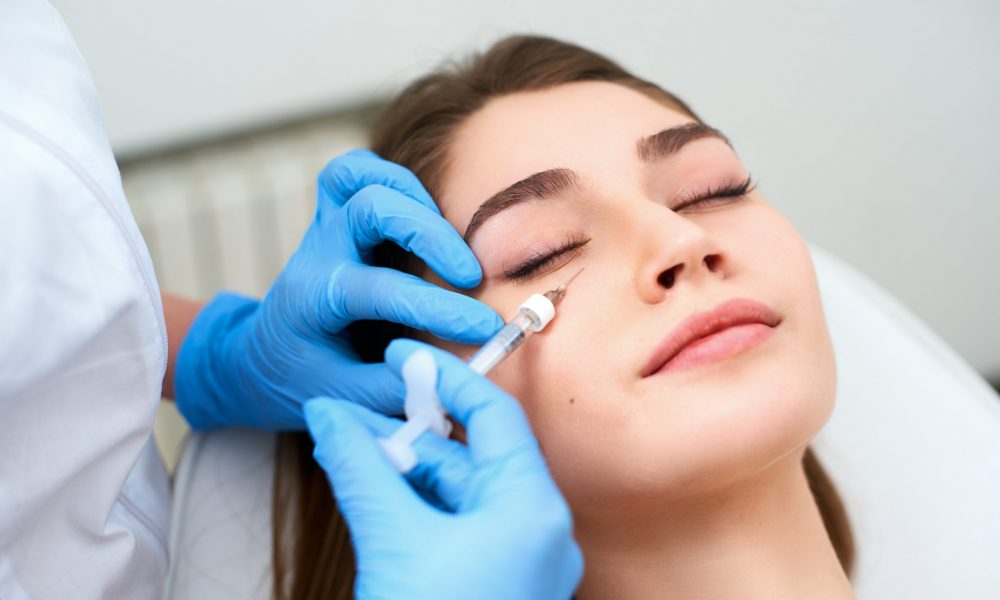

People sometimes have a condition known as the deteriorating look of dark circles or shadows around the eyes, which frequently drives them to seek aesthetic correction. The hollow region that begins at the inner side of your lower eyelid and goes all the way down into your cheek is referred to as the “tear trough” by medical professionals.
Even though a tear through depression may be present in certain persons as early as childhood, with the passage of time, the characteristics of this region may become more pronounced for the following reasons:
The depression of the tear trough appears to be more pronounced now because the fat sacks that sit behind the lower eyelids have grown thicker over time.
The appearance of hollow spaces beneath the eyes may also impact the light reflectance patterns of the face, and it can make the entire area surrounding the eyes look darker by producing some unpleasant shadowing. This is especially true for persons who have eyes that are positioned farther apart than average.
HA fillers are the most popular form of filler used in the region beneath the eyes because they are clear, easy to smooth, and less prone to clump together than other filler types. Even though it takes the longest for hyaluronic acid to show results compared to the other fillers, some medical professionals believe it offers the most natural appearance. But what are the risks of using HA fillers under the eyes?
Let’s talk about your alternatives, namely Botox versus hyaluronic acid fillers like Juvederm, before you go any further into determining which is the most effective under-eye filler for your particular dermatological objectives.
Botox is a neurotoxin that acts to block the muscles in your body from contracting. This helps to relax the underlying skin, giving the illusion of being younger and smoother. In other words, it is meant to target tiny wrinkles in order to produce an appearance that is more “relaxed.” After the operation, you should begin to see benefits within three days, and the effects of the injection should last for up to three months on average.
An alternative situation involves getting Juvederm placed behind the eyes: Instead of having an effect on the muscles, this filler, which is made of hyaluronic acid and is the most frequent form of its sort, is directly injected under the skin to fill up space. You may anticipate a more immediate outcome of reduced hollowness with Juvederm, and it will stay longer than Botox—about 9 to 12 months. Juvederm also has a higher success rate than Botox.
First things first, you should be aware that the region directly below your eyes is extremely fragile and packed with blood vessels. Due to the thin skin in this region, bruising is one of the most common adverse reactions that might occur after receiving fillers for the eyes. The other negative effect that occurs most frequently is edema. Within a week, we should see resolutions to each of those problems.
But is there a possibility that the operation may backfire? Is it possible that HA fillers might make under-eye circles worse? Sadly, the answer is yes to both of these questions. The Tyndall effect is a term that defines the manner in which light scatters under specific situations. If your filters are not positioned properly, you may see this effect, which describes how light scatters.
When it comes to fillers under the eyes, if the filler is injected too near to the surface of the skin, it can cause the region to have a light blue hue. This is due to the way that light scatters when it hits the surface of the skin. It’s also conceivable that the eyes will appear to have lost some of their fullness.
The good news is that this condition may be remedied with the administration of an injection of hyaluronidase, an enzyme that degrades the hyaluronic acid included in the filler. The formation of nodules in the area beneath the eye after receiving an injection of under-eye fillers is another potential adverse effect that is more dangerous in nature. Hyaluronidase, to our great relief, is also effective in resolving these issues. Hyaluronidase is another tool that your dermatologist might use to remove fillers if you find that you aren’t completely satisfied with the results.
Getting some filler injected into a blood artery is one of the most dangerous risks of the operation, despite the fact that it only happens very seldom. This can cause the blood artery to get blocked, which can possibly lead to blindness. You should always have injectables performed by a board-certified physician or cosmetic surgeon, but, for this particular surgery, you truly, totally, and unquestionably want to go to someone who is experienced and has a good understanding of what they are doing.
If the filler is going to be placed directly under the eye, your doctor will undoubtedly use a HA filler, such as Restylane, Belotero, or the previously mentioned Juvederm, that may also be used in other areas of the face. Because hyaluronic acid is a chemical that is naturally produced by your body, it is quite unlikely that it will cause any unwanted responses. However, as was discussed before, it does deteriorate with time, which means that the fillers you use will only be temporary.
Therefore, on the whole, you could be curious about how long the effects of under-eye fillers remain. Under-eye fillers last longer than that (closer to 18 months) since the fillers are in an area of your face that shifts less than, say, your lips. In addition, under-eye fillers tend to remain longer than fillers used in other regions of the face because they are often injected deeper beneath the skin than fillers used in other areas of the face.
You must be completely aware of the benefits and risks of the HA fillers, so book an appointment with SkyRose Rejuvenation Clinic & Spa and enjoy the best accommodation from trained professionals.
Search
Recent Posts